I have a folder of many CSV files in which the first eight columns have the same header, but varying amounts of columns after the first eight. I am attempting to use Queries and Connections in Excel 2016 to complete this.
Here is an example of the format of the CSV files (pretend there are string values in A - H):
----------------------------------------------------------------------------------------------------------------
| A | B | C | D | E | F | G | H | Company 1 | Value (1) | Company 2 | Value (2) | etc... |
----------------------------------------------------------------------------------------------------------------
| Product 1 | | | | | | | | .05 | 25.00 | .08 | 14.00 | |
----------------------------------------------------------------------------------------------------------------
| Product 2 | | | | | | | | .16 | 43.00 | .06 | 18.00 | |
----------------------------------------------------------------------------------------------------------------
Once again: Columns A - H are the same for each CSV file, but each file has a different amount of Companies/Values (the company names are different for each file).
I have done the necessary steps for one CSV file and was hoping there was some way I could possibly use it as a template for the others.
Here are the steps I need to do in Excel's Query editor:
- Delete some of "A-H" columns (these headers match for all files, shouldn't be hard)
- Delete all "Value (#)" columns - the number of these is different in each CSV file
- Unpivot all the "Company #" columns (now is every column after matching columns A - H because "Value (#)" columns were deleted in previous step)
- Rename column with all company names to "Company"
- Rename column with all values previously under each company to "Cost"
Here is the applied steps in the 'Advanced Query Editor':
#"Promoted Headers" = Table.PromoteHeaders(Source, [PromoteAllScalars=true]),
#"Changed Type" = Table.TransformColumnTypes(#"Promoted Headers",{{"A", type text}, {"B", type text}, {"C", type text}, {"D", type text}, {"E", type number}, {"F", type text}, {"G", Currency.Type}, {"H", Currency.Type}, {"Company 1", type text}, {"Value (1)", Currency.Type}, {"Company 2", type text}, {"Value (2)", Currency.Type}, {"Company 3", type text}, {"Value (3)", Currency.Type}, {"Company 4", type text}, {"Value (4)", Currency.Type}, {"Company 5", type text}, {"Value (5)", Currency.Type}, {"Company 6, type text}, {"Value (6)", Currency.Type}, {"Company 7", type text}, {"Value (7)", Currency.Type}, {"Company 8", type text}, {"Value (8)", Currency.Type}, {"Company 9", type text}, {"Value (9)", Currency.Type}}),
#"Removed Other Columns" = Table.SelectColumns(#"Changed Type",{"A", "C", "D", "E", "Company 1", "Company 2", "Company 3", "Company 4", "Company 5", "Company 6", "Company 7", "Company 8", "Company 9"}),
#"Unpivoted Columns" = Table.UnpivotOtherColumns(#"Removed Other Columns", {"A", "C", "D", "E"}, "Attribute", "Value")
Is there any way to import the folder of CSV files and apply the steps stated above to each one so there is just one query of all the CSV files? (brief example of how I want it to look below)
----------------------------------------------------
| A | C | D | E | Company | Cost |
----------------------------------------------------
| Product 1 | | | | Company 1 | .05 |
----------------------------------------------------
| Product 1 | | | | Company 2 | .08 |
----------------------------------------------------
| Product 2 | | | | Company 1 | .16 |
----------------------------------------------------
| Product 2 | | | | Company 2 | .06 |
----------------------------------------------------
